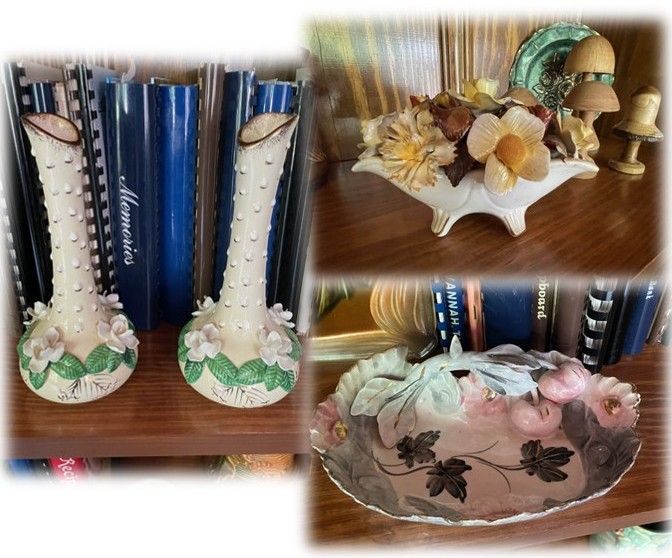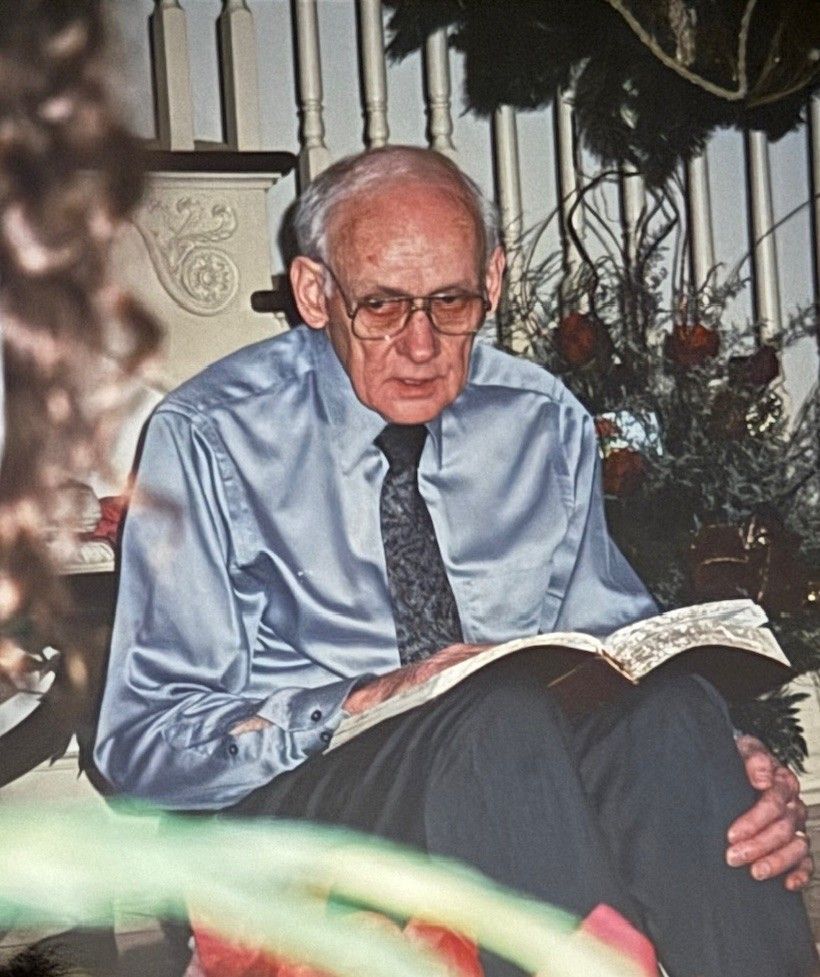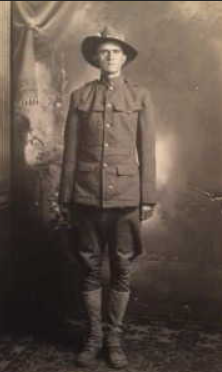My maternal grandmother was a fiercely independent soul, having been born and raised on a farm in the New Hope community of rural Hardin County, Tennessee. She made up for her lack of travel experiences by marrying my grandfather who worked for TVA during their years of dam construction across the southern United States. My mother would occasionally remind us (when it reinforced whatever point she was making) that she had attended ten schools by the time she was in the tenth grade, and many of those were for more than a year. It was his second marriage—his first had ended with the death of his wife—and her one and only, even though he died in a construction accident while she was still young enough to have considered remarrying. With their union, she became a mother to his three daughters and eventually presented him with a fourth—my mother.
I knew very little about her earlier years, mainly because she was as private as she was independent. And perhaps because I didn’t realize how much I would want to know her history until she could no longer share it. I do know there were mules involved. I’ve seen at least one picture of the entire family loaded in a wagon drawn by them as they headed to Shiloh for the Memorial Day ceremonies. And as she grew older and her memories of the past began to merge with the present, she often admonished my children to be sure they put the mules up before going to bed. Up until then, I’m pretty sure she enjoyed the occasional dip of snuff (although for the life of me I’ll never understand why) and I’m absolutely certain she was a die-hard professional wrestling fan—or “rass’lin” as she called it. If you wanted to know anything about Tojo Yamamoto, Jerry Lawler, Dusty Rhodes, Andre the Giant, Bill Dundee, or anyone else in the wrestling world, all you had to do was ask . . . and then settle in for the history lesson.
We called her Wa-Wa, because that’s what you get when you try to teach a toddler (me) to say “Grandmother Rogers”. It was a name that would stay with her for the rest of her life, even for those who were of no relation, like the staff at the funeral home or the friends of my parents. I knew her older brothers, Bill and Earl, because we took her to “the country” also known as Caney Branch Road every Wednesday, so she could cook and clean for these two old bachelors (not because they’d never married, but because they were not at the time). When she wasn’t tending to them, she was doing our laundry and anything else she could to stay busy and helpful while my mother worked.
She lived alone until the last eight years of her life when my mother moved her into their apartment at the funeral home, and it was in that apartment that she died on December 28, 1994—nine days after her 95th birthday. At some point my parents had gone to the house she called her own, packed up what little she had accumulated in the world, and tucked it safely away in one of the closets of an upstairs bedroom. And there it lived for the next 30+ years until we cleaned out their apartment in 2023. The boxes were unlabeled, but I knew exactly what treasures I’d found when I opened them.
This woman, whose life was never easy and who I thought never put much stock in worldly possessions, had two sets of bookshelves in her home. And those two sets held items that told another story of the grandmother I had known, but never really.
There were porcelain figures and vases, a beautiful candy dish decorated with shaded pink flowers and fruit and leaves of gray against a white background, a cigarette box with two dainty ashtrays, all in pink with the most delicate rosebuds decorating them. She never smoked, but evidently these had appealed to her. There was a hand painted pedestal jar and lid from the Watergate Jewelers in Washington, D. C., and two wall pockets featuring a gentleman on one and a lady on the other, both dressed in fashions appropriate to the 18th century, not to mention a small white pitcher with a perfect pink flower trimmed in gold—and her name, Mrs. W. D. Rogers, written on the bottom in the same gold that trimmed the flower. And teacups. A whole host of beautiful teacups. And you know what was so amazing about all of these? Not a single one was broken or even chipped. Every flower was still perfectly formed with every petal intact. Every leaf was complete from its stem to the tiniest of tips. All of these items had been cherished, cared for . . . protected even . . . so that on this day, as I slowly unpacked each one, I could see the gentle side of a woman whose tough exterior belied the softness of her soul.
What we value during our lifetime often speaks quietly of who we were when there is no one left to tell our story . . . as long as those who find our treasures understand their true worth.














